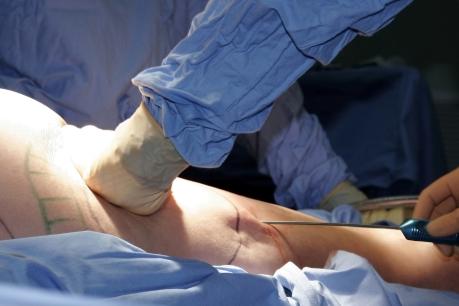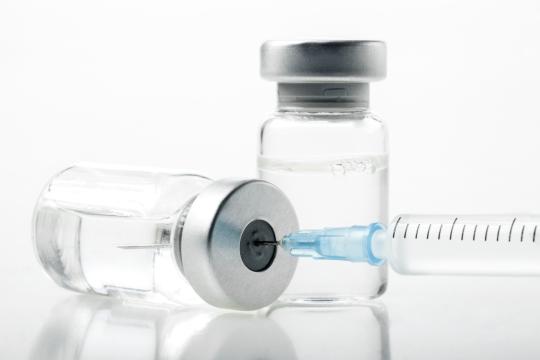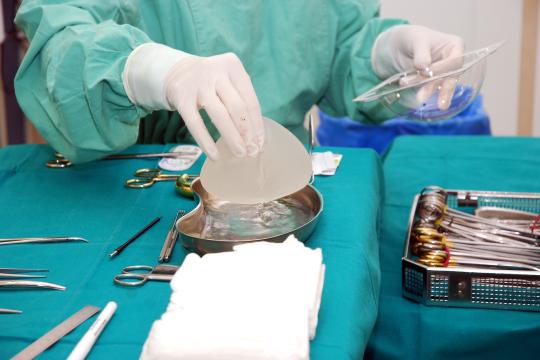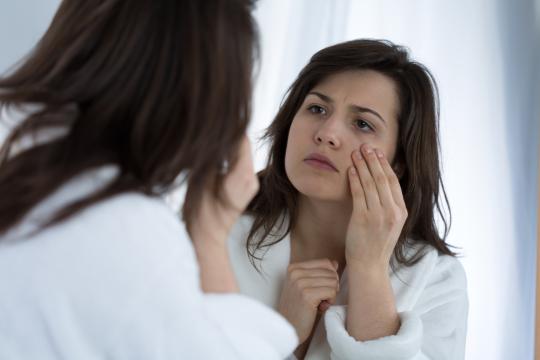
Removing fat and weight loss are not equal and accordingly, there are varied ways to achieve each.
You may be able to lose weight throughout your body and yet still be stuck with bulges that just won’t budge. That’s when liposuction may be suggested as a relatively quick and less-invasive procedure (as compared to other surgical alternatives) to remove excess body fat.
How liposuction works:
While there are various types of liposuction, most involve the use of a cannula—a hollow rod, (pretty narrow) with a hole in the end attached to a tube that sucks the undesirable fat out of the body.
What it does:
- Lipo will alter your silhouette by removing stubborn pockets of fat that are resistant to a healthy diet and exercise regimen. Clothes will fall differently on the body and likely fit better after the procedure. If you are otherwise healthy and fit, you may feel that the change in one area helps you see your body in a new way overall, having eliminated the spot that you might have been trying to mask or cover up for years.
- Liposuction also leaves smaller scars than more significant body contouring procedures due to the use of relatively small incisions to suction out fat. These incisions are generally placed in discreet locations.
- In comparison to other body contouring procedures, such as a tummy tuck, liposuction defines your body in a relatively shorter operating time with a fairly quick post-op recovery in contrast to more invasive procedures as well.
What it does not do:
For those who think that lipo is the answer to all their body frustrations, let’s review what it cannot do:
- This surgical procedure does not affect the appearance of cellulite. For cellulite-specific needs, consider Cellfina or other solutions suggested by your surgeon.
- Lipo will not stave off fat indefinitely. Pregnancy, age and weight gain after the procedure can alter the original results. Even though some of the fat cells have been removed surgically, the remaining fat cells can increase in size as a result of unhealthy eating or lack of exercise.
- Only subcutaneous fat is removed via liposuction. Visceral fat is not removed or reduced because this type of fat lies within the abdominal wall. So how do you know if you have visceral fat? In most people, about 90% of body fat is subcutaneous, the kind that lies in a layer just beneath the skin. If you poke your belly, the fat that feels soft is subcutaneous fat. The remaining 10% — called visceral or intra-abdominal fat — lies out of reach, beneath the firm abdominal wall.
Subcutaneous fat is what we see in thighs, love handles and defined rolls around your lower abdomen. But if you have visceral, or “deep fat” surrounding your organs, your mid-section is likely disproportionate to the rest of your body. This fatty inner layer surrounds internal organs and increases the gut overall.
An important reason to know what type of fat you have is not only to reasonably set expectations for what lipo can achieve, but also to be more aware of what is happening within your body. Visceral fat increases the risk of developing diseases, such as Type 2 diabetes, heart disease, non-alcoholic fatty liver disease, high blood pressure, cancer, stroke and Alzheimer's disease. Researchers have identified a host of chemicals that link visceral fat to a surprisingly wide variety of diseases.
- After getting subcutaneous pockets of fat removed through the thin suction device inserted via small incisions, your skin may need to be tightened. Lipo does not alter your skin’s laxity, AKA the degree to which it “snaps” back. If you have good elasticity then your skin will adhere to your new shape. If not, excess skin may need to be removed surgically to achieve a firmer and flatter silhouette.
When consulting with your board-certified plastic surgeon, he or she will discuss these factors with you in-depth to determine the best combination for achieving your aesthetic goal.
Liposuction has a 91.6% patient satisfaction based on more than one thousand ratings. To learn more about the procedure and read patient reviews, visit the procedure page.





